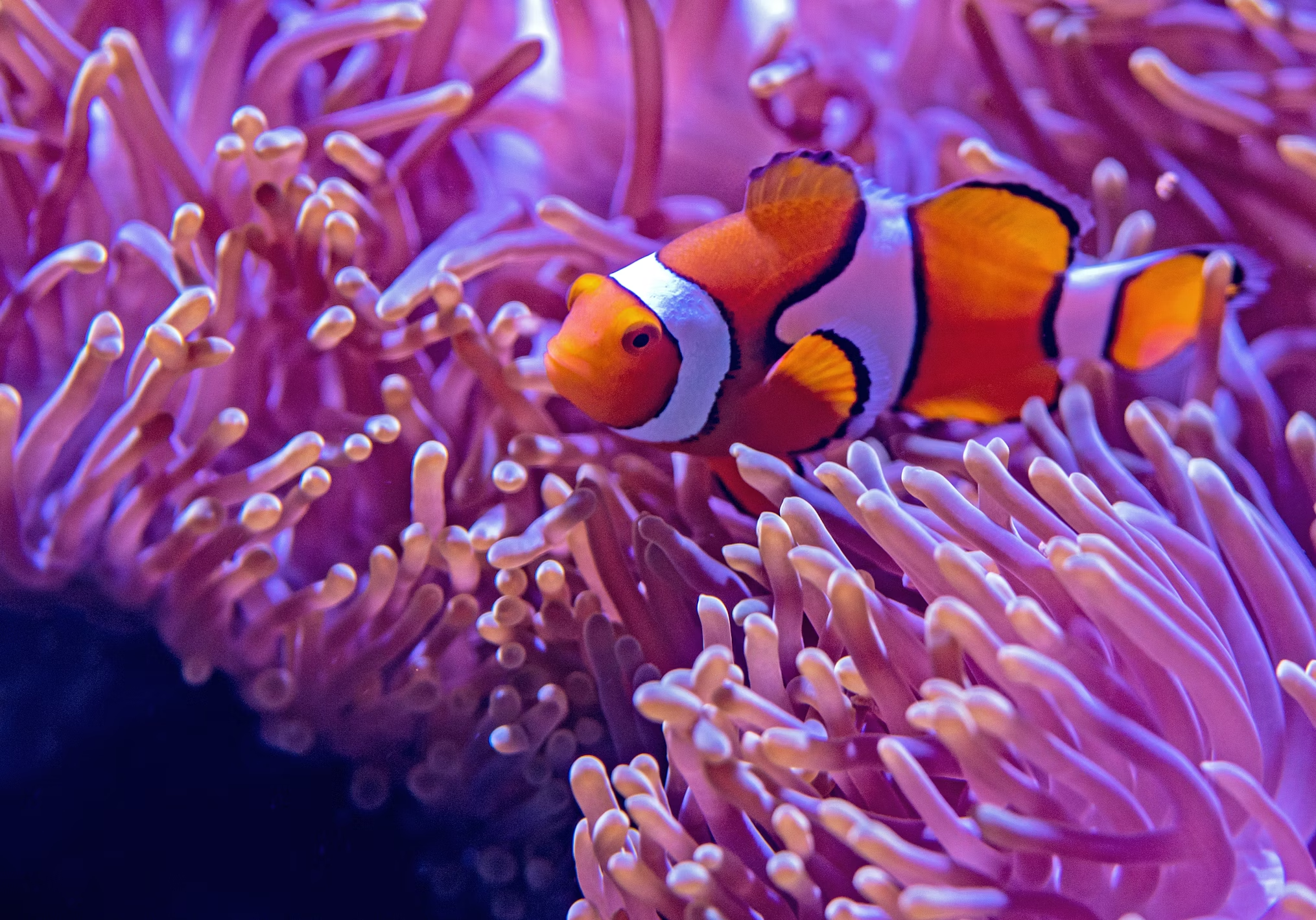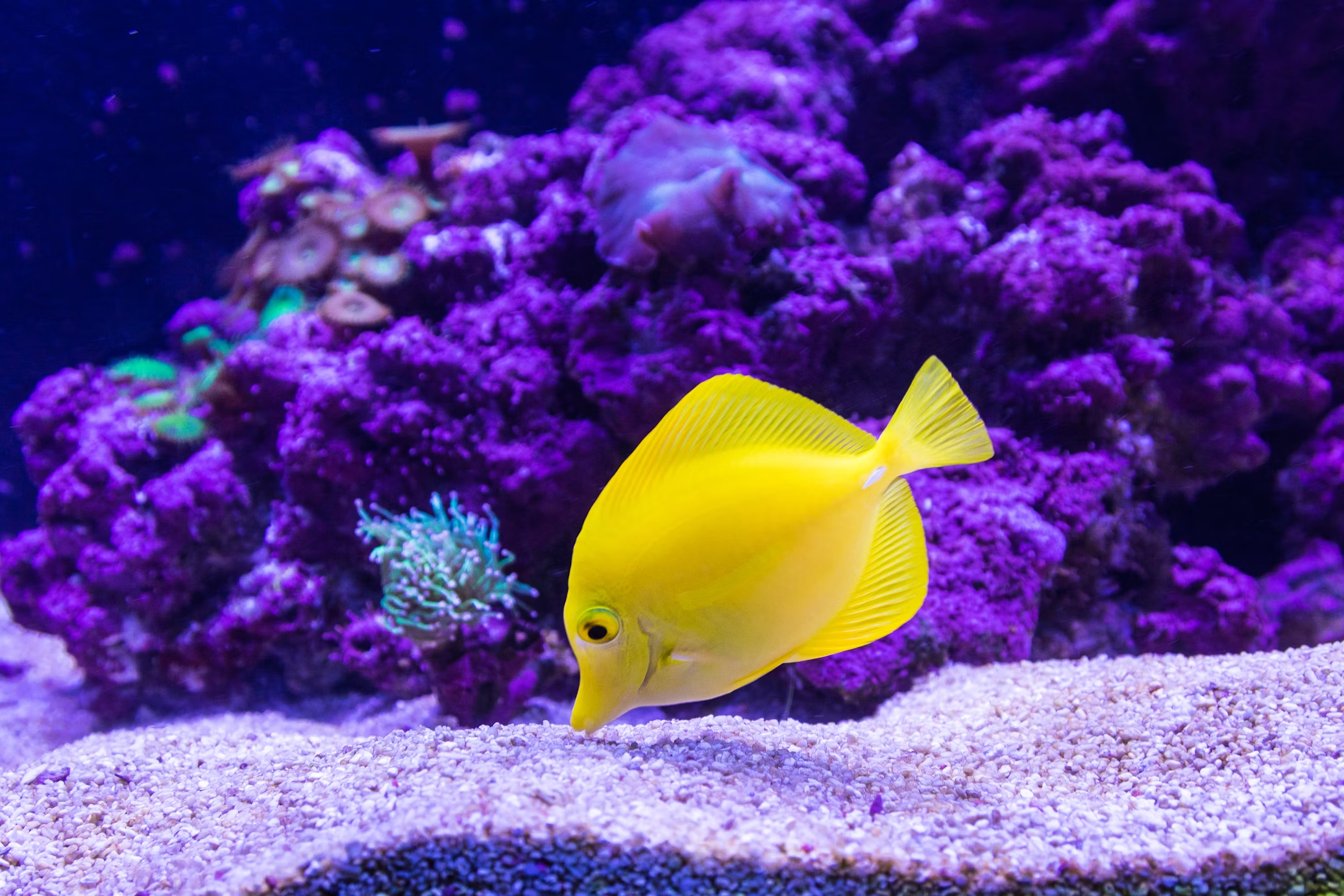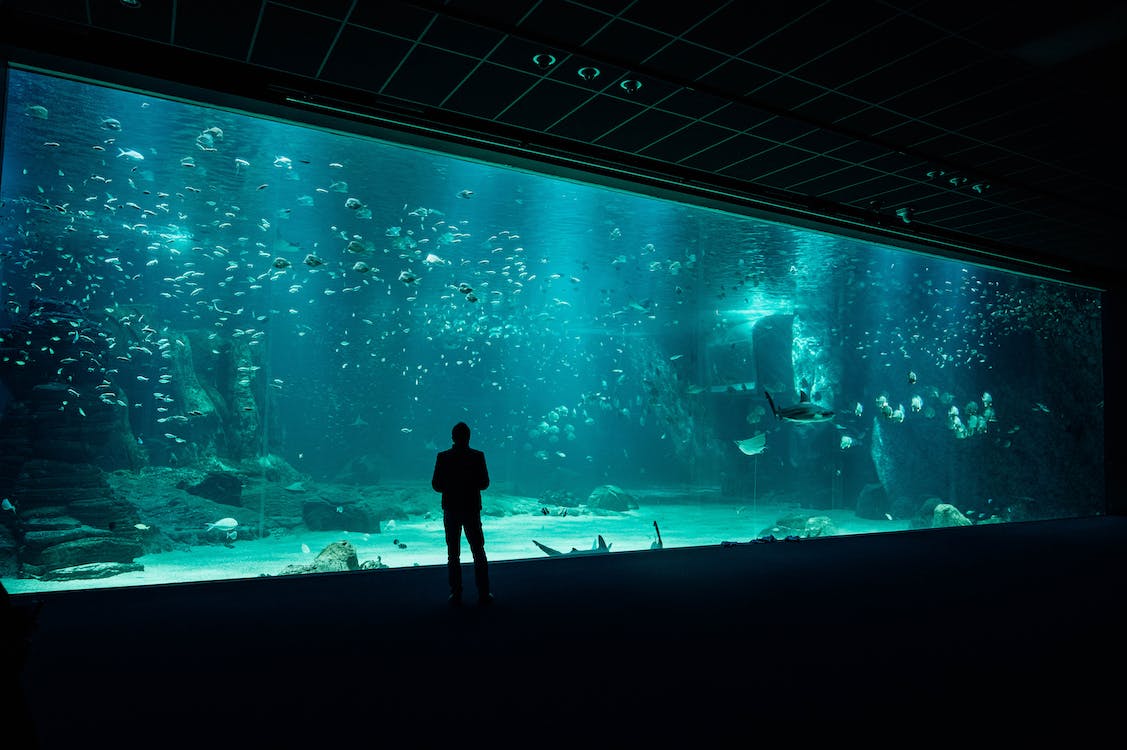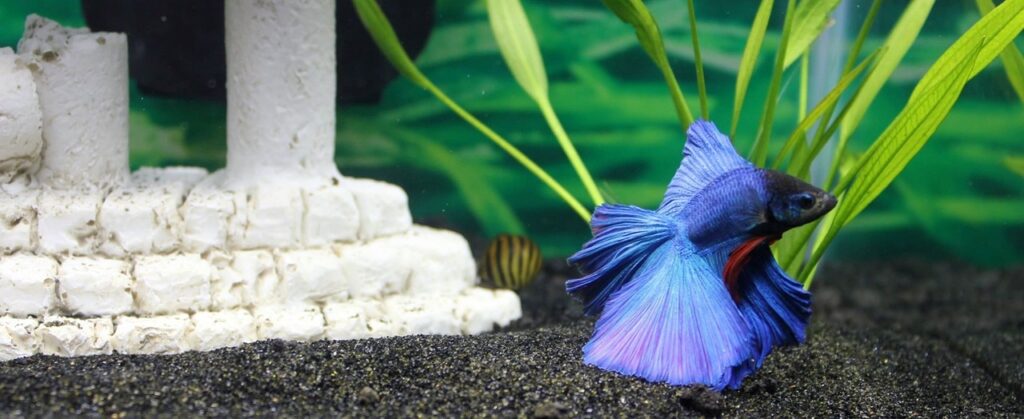
Bettas, also known as Siamese fighting fish, are popular aquarium pets due to their vibrant colors and unique personalities. Native to the shallow waters of Southeast Asia, these fish have evolved to thrive in specific conditions that we must recreate in our home aquariums.
While bettas have a reputation for surviving in small containers, they truly flourish in proper environments with adequate space and care. A well-maintained betta aquarium not only showcases these beautiful creatures but also significantly extends their lifespan from the typical 2-3 years to potentially 4-5 years with exceptional care.
Proper Tank Setup for Bettas
When setting up a betta fish home, size matters significantly. Despite common misconceptions, bettas need more than tiny bowls to thrive. A minimum tank size of 5 gallons is recommended for a single betta, though larger tanks provide more stability in water parameters.
Your betta tank should include:
- A reliable heater to maintain temperatures between 24-27°C
- A gentle filter that doesn’t create strong currents
- Soft substrate that won’t damage delicate fins
- Live or silk plants that provide resting places and territory
Plastic plants should be avoided as they can tear the delicate fins of your betta. Instead, opt for live plants like Java fern, Anubias, or Amazon sword, which not only provide shelter but also help maintain water quality.
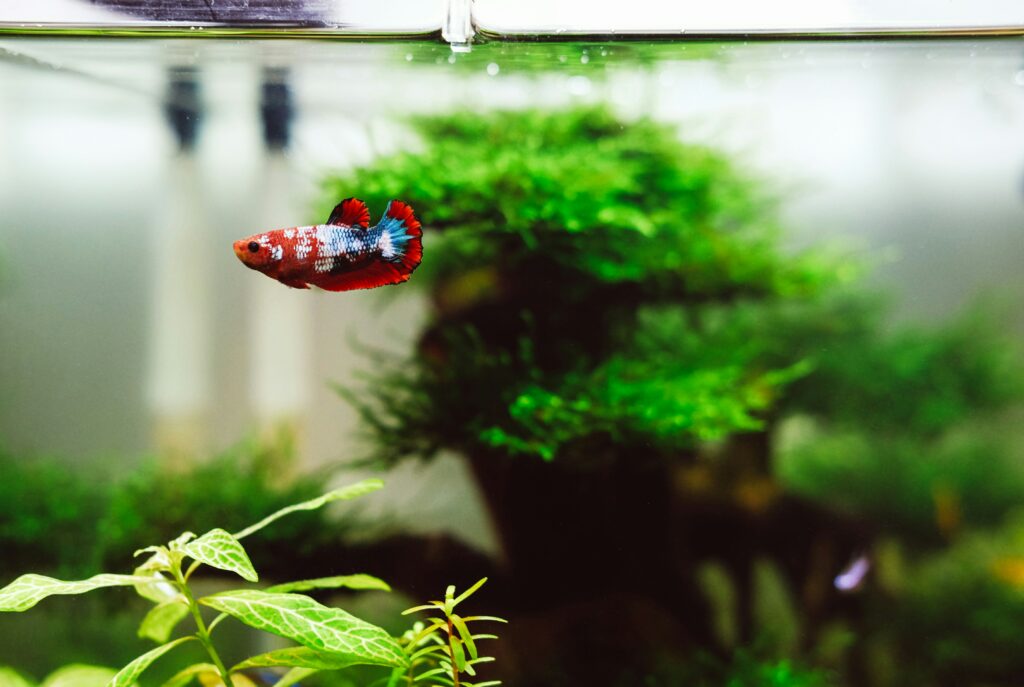
Water Quality and Maintenance
Maintaining proper water conditions is crucial for betta health. These fish are sensitive to poor water quality and require specific parameters:
- Temperature: 24-27°C
- pH: 6.5-7.5
- Ammonia and Nitrite: 0 ppm
- Nitrate: Below 20 ppm
Regular water testing is essential for betta fish care. Invest in a quality test kit to monitor these parameters weekly. Additionally, perform water changes of 25-30% every week to remove waste and replenish minerals.
When adding new water to your tank, always use a water conditioner to neutralize chlorine and chloramines found in tap water. These chemicals are highly toxic to fish and must be removed before water enters the tank.
Betta Fish Nutrition and Feeding
Bettas are primarily carnivorous and require a protein-rich diet. In the wild, they consume insects, larvae, and small crustaceans. For captive bettas, provide a varied diet consisting of:
- High-quality betta pellets as a staple food
- Frozen or freeze-dried bloodworms, daphnia, or brine shrimp as treats
- Occasional live foods for enrichment and additional nutrition
Feed your betta small portions once or twice daily. Their stomachs are approximately the size of their eye, so 2-3 pellets per feeding is typically sufficient. Overfeeding can lead to bloat, constipation, and poor water quality from excess waste.
An occasional fasting day each week helps prevent digestive issues and mimics the natural feeding patterns bettas might experience in the wild.
Common Health Issues and Prevention

Vigilant betta fish care includes monitoring for common health problems that can affect these fish.
Fin Rot: A bacterial infection that causes deterioration of the fins, often results from poor water quality. Regular maintenance and water changes are your best prevention methods.
Ich: Characterized by white spots resembling salt grains on the fish’s body, is a parasitic infection that requires prompt treatment. Maintaining stable water temperatures and quarantining new plants or decorations can help prevent outbreaks.
Swim Bladder Disorder: Affects your betta’s ability to swim normally and is often caused by constipation or poor water quality. Adjusting feeding habits and ensuring proper water parameters can prevent most cases.
Early detection is crucial for successful treatment of any health issues. Observe your betta daily for changes in appearance, behavior, or appetite that might indicate developing problems.
Creating an Enriching Environment
Bettas are intelligent and curious fish that benefit from environmental enrichment. While they don’t require tankmates (and male bettas often cannot be housed with other fish), they do appreciate an interesting habitat.
Consider adding:
- Places to explore like caves, tunnels, or driftwood
- Floating logs that allow your betta to rest near the surface
- Different plants at various heights to create a layered environment
- Mirror training (for short periods only) as mental stimulation
Rearranging tank decorations occasionally provides new territories to explore and prevents boredom. However, maintain some consistency to avoid stress from completely changing their environment.

Conclusion
Proper betta fish care requires attention to detail and commitment, but the reward is a healthy, vibrant companion that can bring years of enjoyment. By providing the right tank size, maintaining water quality, offering appropriate nutrition, and creating an enriching environment, you’ll help your betta thrive.
Remember that each betta has its own personality and preferences. As you spend time observing and caring for your fish, you’ll develop a deeper understanding of its individual needs and behaviors, allowing you to provide even better care for your aquatic friend.
References
Betta Fish Care Sheet – https://www.petmd.com/fish/betta-fish-care-sheet
Betta – https://www.aqueon.com/resources/care-guides/betta































